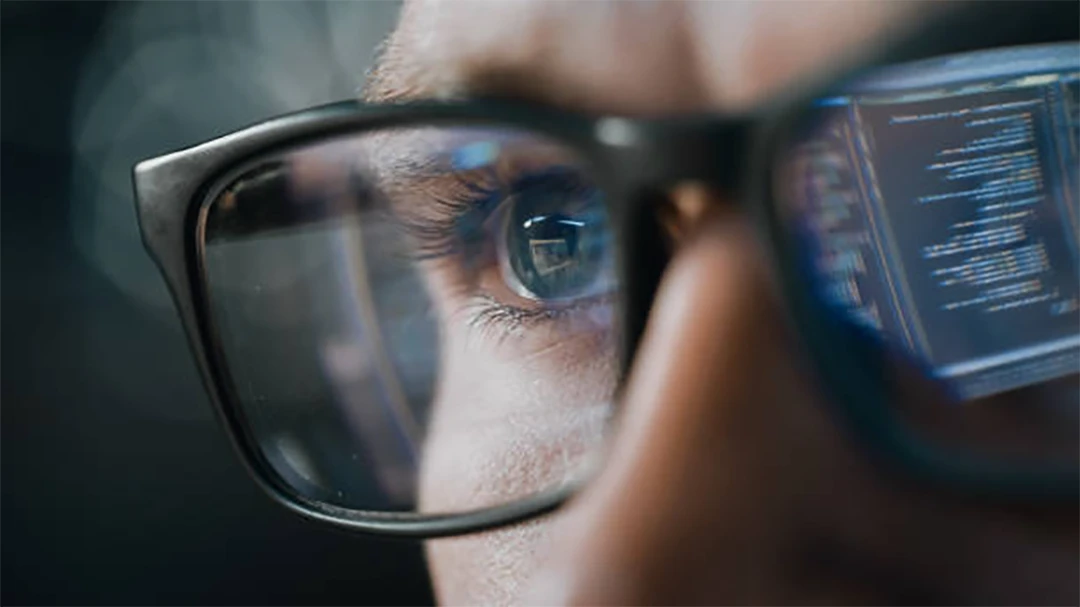
Does the success of the treatment depend on the patient’s education? Most eye care specialists agree that the more patients know about their eye conditions the more they follow treatment recommendations. But how is it possible to teach patients about the retina, one of the most complex body organs ( which has 11 retina layers to start with) within one visit? Here is where Artificial intelligence with its incredible visualization comes into play.
In recent years, advancements in Artificial Intelligence (AI) have revolutionized the field of ophthalmology, particularly in the realm of Optical Coherence Tomography (OCT). This technology has not only enhanced diagnostic accuracy but also opened new avenues for patient education and engagement.
OCT, a non-invasive imaging technique, provides detailed cross-sectional images of the retina, enabling early detection and monitoring of various eye conditions such as macular degeneration and diabetic retinopathy. AI algorithms now integrated into OCT systems analyze these images swiftly and with high precision, aiding ophthalmologists in making timely and accurate diagnoses. Beyond diagnosis, AI-powered OCT platforms have introduced innovative tools for patient education.
These platforms can generate interactive visualizations and personalized explanations based on individual OCT scans. By visualizing and explaining the intricacies of their condition, patients gain a deeper understanding of their eye health and treatment options. Moreover, AI enhances accessibility by translating complex medical jargon into clear, understandable language, empowering patients to actively participate in their care decisions. This educational aspect not only improves patient satisfaction but also promotes adherence to treatment plans and enhances overall health outcomes.
When patients can see visual representations of their retina and understand the specific pathology affecting their eyes (such as macular degeneration or diabetic retinopathy), it demystifies their condition. This understanding fosters a sense of control and ownership over their health, motivating them to adhere to treatment recommendations. Clear visualization facilitates more effective communication between patients and healthcare providers. Patients are more likely to ask informed questions about their treatment plan and understand the rationale behind each intervention, leading to increased trust in their provider’s recommendations. Regular OCT imaging allows patients to visually track the effectiveness of their treatments over time. Positive changes in the OCT images can serve as tangible evidence of treatment efficacy, reinforcing the importance of adherence to maintain or improve their eye health. So introducing AI in optometry is beneficial in terms of accuracy and efficiency of retina scan analysis, but also for patient education. This is truly the future of optometry.
In conclusion, AI-enhanced OCT technology significantly advances patient care, merging diagnostic precision with effective patient education. By harnessing AI’s capabilities to interpret and communicate OCT findings, ophthalmologists can engage patients more meaningfully in their eye health journey. As this technology continues to evolve, it holds promise for further improving clinical outcomes and shaping the future of patient-centered care in ophthalmology.
Comments
comments